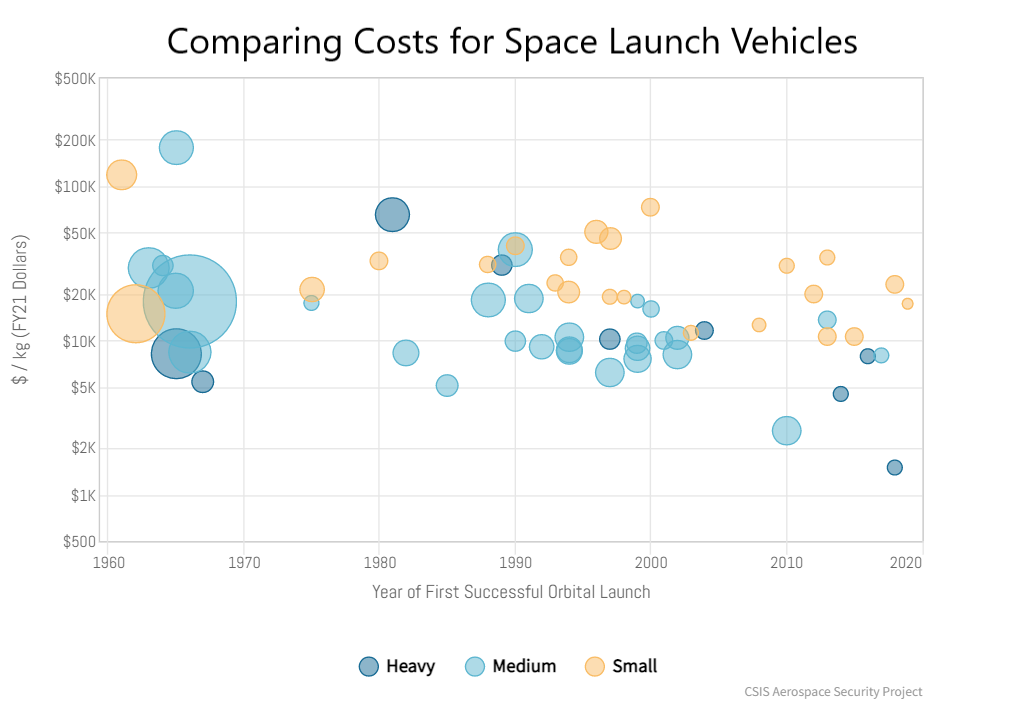Have you ever wondered whether breaking into the foreign exchange markets is worth your time? Forex trading is becoming a common way for everyday consumers to earn a few extra dollars by trading for an hour or so per day. Fortunately, there’s no need to be a licensed broker or investments guru to make a decent part-time income from international currency trading.
In order to do so, it’s essential to learn how compound interest works. Once you do that, it’s up to you to choose to invest a modest amount of earnings from forex or alternative assets like wine or fine art. The best way to get started is to get acquainted with how compounding works. Then, study a few examples of how people can sock small amounts of money away for the long haul and potentially earn excellent returns.
Rules and Patience Are the Keys
It’s no exaggeration. Potential profits on forex, or foreign-exchange currency, trading accounts can be immense. Provided the trader follows strict, conservative principles and avoids the temptation to give in to emotion, it’s possible to accumulate a vast sum over the span of a few years.
For those who are patient enough to trade forex for a full decade, the total returns can be nearly unbelievable.

Is There a Secret?
What’s the secret? There isn’t one unless you consider compound interest to be a historical mystery. But, if there is an unknown among the data for this particular financial situation, it is this: Millions of part-time forex traders earn around 2% in profits on their accounts per month. Note the “per month” part of that statement.
That equates to an annual ROI of more than 26% when using monthly compounding. Do you have the patience and emotional detachment to follow a strict trading plan for a few hours per day? If so, and if you’re content to let an initial investment grow at 2% per month for ten years, then it’s possible to earn some intense profits.
How Does It Happen?
The magic happens for two reasons, actually. One, that 2%-per-month return is higher than nearly all other kinds of investment accounts. Casual traders and investors struggle to reach annual, not monthly, returns of just 10 or 12%, which comes to around 1% per month, not 2%.
The other piece of the puzzle is more subtle. It’s the way compound interest works. In short, the idea behind compound rates is that investors are earning “interest on interest.” As balances grow during the early years of accumulation, the graph takes on a non-linear shape as the profits line curves upward toward the latter half of the time period.
A Realistic Example With Forex
Use a fully-functional compound interest calculator to do some easy number plug-ins. Hypothetically, consider an FX trader who opens a no-commission brokerage account and funds it with $5,000 to start out.
Then, assume the trader puts in time learning the process of buying and selling foreign currency on a demo account, which allows account-holders to use fake money, and no risk of acquiring order-entry skills.
After a couple of weeks, the new investor is ready to begin earning with forex investments and has modest success by racking up about 2% returns on the account balance each month. At the end of one year, the amount has grown by 26%.
Use the calculator to put $5,000 into the “Principal or Start Amount” box, 26% into the annual “Interest Rate in Percentage” blank, and check “Monthly” as the compound frequency.
The “Length of Terms” is ten years, and there is no payment amount or payment frequency. The start date will automatically fill for today’s date. Click the “Calculate Now” button on the lower right of the calculator.
From the results, it’s easy to see that the investors did quite well with the initial $5,000 in the account, which grew, with NO additions except the monthly earnings of 2% on the trading, to $65,475 by the end of the ten years, meaning there was a net “profit” of $60,475.
That’s a healthy return in any economy on a 10-year account balance, which ended up being more than 13 times its original amount.

What About Other Investments?
You can use the same calculator from the above example to figure a different kind of return on two popular “alternative” investments, fine wine and collectible works of art. This calculation uses all the same parts of the calculator but also adds the “Payment” and “Payment Frequency” functions.
Most people who invest in art and high-grade wine make regular purchases to add to their inventories. Even though art and wine don’t earn annual returns anywhere near forex trading, they have been consistent performers in recent years. On average, collectible art returns about 10% annually, while wine brings in slightly lower returns at around 8%.
Try two examples on your own and see what results a person can get from successfully and regularly putting some of their investment capital into these two alternative assets. Here are the results.
Art
Begin with an investment amount of $6,000 for a small group of artworks bought at an auction. Assume the interest rate is 10 percent annually but that it compounds monthly. Each year, the person purchases an additional $5,000 in art to add to the collection. Thus, the payment frequency is annual, not monthly.
At the end of 10 years, the results are $97,752.68 in total balance, with payments of $50,000 during the ten years. The net profit is $41,752l. All data is hypothetical, by the way.
Wine
Wine, on average, earns around 8% per year for investment-grade selections. Assume an initial balance of $6,000 and annual additions of new bottles of $5,000. Compounding is monthly, but the annual interest rate is 8%.
At the end of 10 years, your hypothetical wine collection could be worth $86,790, with $50,000 in additions along with the original balance of $6,000. The net profit is $30,790.
There are no guarantees in the world of investments, but people who leverage the power of compound interest can do well if they stick to their plans.



